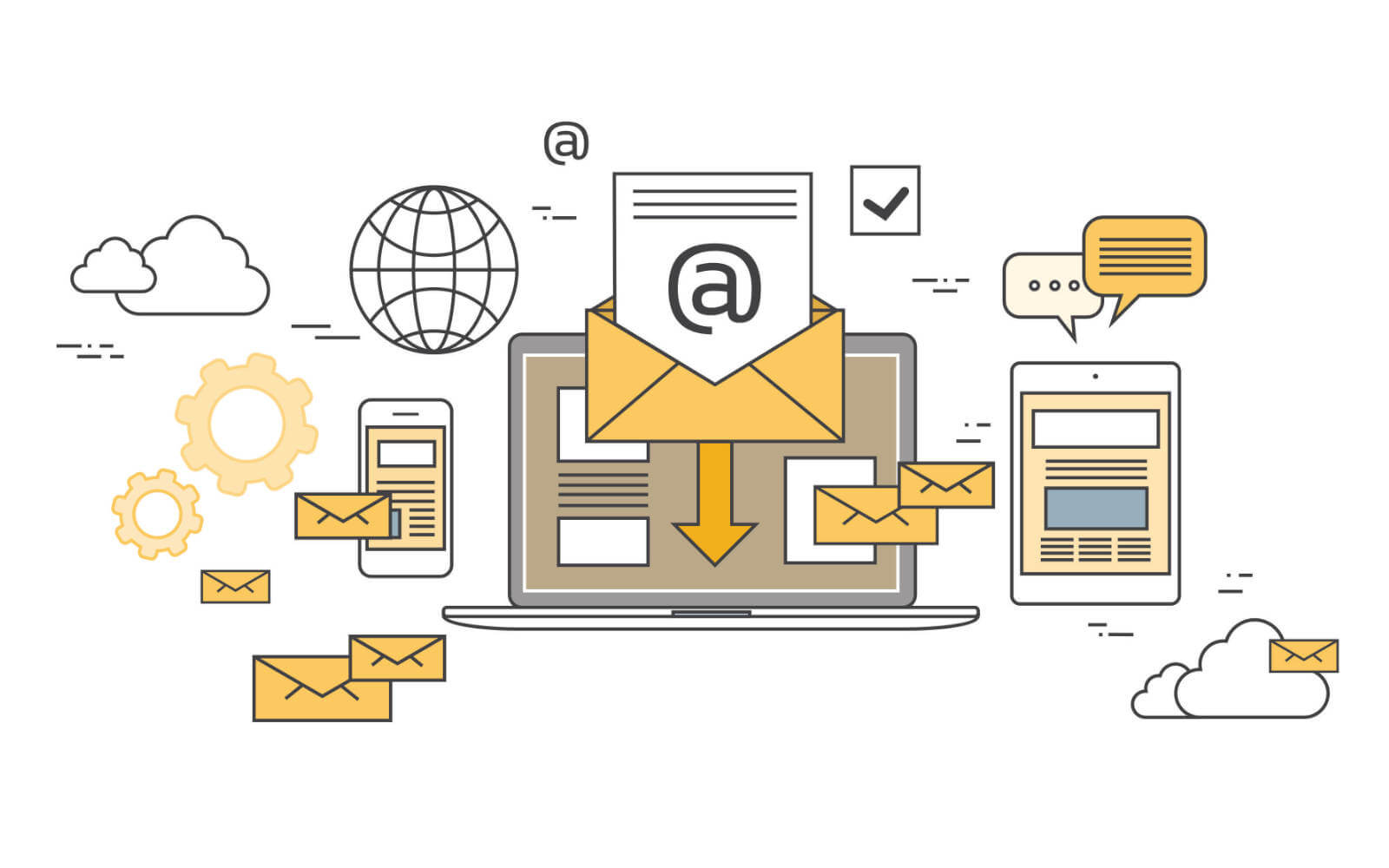
Contents Overview
Making your marketing strategies dynamic will boost results like conversions and lead generation. Learn how to start improving your marketing here.
Marketing and marketing strategy has seen several big changes over the decades. From promoting businesses with print, TV, and traditional media, it’s become possible to expand your business through digital marketing—using social media, web pages, and other digitized mediums.
Understanding your audience, measuring your campaign performance, and A/B testing the application of customer data into your strategies, act as key pillars in ensuring you achieve your marketing objectives. Whether it’s increasing conversions or just general brand awareness.
But the digital market is ever-expanding, and new techniques, tactics, and technologies are developed every day. This is why there’s a need to evolve your business too and bolster your marketing strategies so you always stay ahead of the curve.
In this article, we’ll look at ways you can tweak your marketing strategy for massive improvements when it comes to driving results and improving the hard bottom line.

Why Improving Your Marketing Strategy is So Important for Your Business
Your marketing strategy is a combination of efforts, formulating a plan to promote and sell your service or product.
So the entire goal of your marketing strategy is meeting the operational duties of your business—this means achieving the main objective of forming your business.
This shows a direct connection between marketing and conversions. If we don’t pay attention to our techniques and marketing methods; results, sales, and the whole lot won’t be encouraging. Not having a dynamic marketing strategy will also make it hard to see what exactly we need to be doing right.
In the past, it was only possible to promote your business by word of mouth, radio/TV ads, and billboards. With the growth of technology and handy gadgets—it’s become possible to not only promote your business on multiple digital channels but also make sales and build a customer base without people having to walk into a physical shop.
These developments in technology suggest that taking your digital advertising strategy seriously will do a world of good for your business.
Proven Marketing Strategy Techniques to Drive Results
Before we dive into any of the 5 techniques to improve your marketing strategy, let’s talk about something called Cross-Departmental Workflows.
Cross-departmental workflow is used to determine how departments share information and interact with each other—looking at ways to save time and reduce friction between these two processes.
This is an absolutely crucial preliminary step. You want to make sure your workflow is established before focusing on your marketing methods.
For the purpose of our topic, the expert-vetted techniques we’ll discuss will refer to digital marketing strategy and campaigns. Placing importance on improving your online ads.
Focus on Your Audience
Since the audience is the centerpiece of all advertising strategies, you want to make that clear in the way you run your campaigns.
There are two ways you can focus on your audience:
- Keeping the audience in mind when defining who you are as a brand.
- Performing buyer-persona research.
Sometimes a message can get lost in all the noise that is digital marketing today. Too many brands sticking to the same old message, not bothering to change it up. Keeping your audience in mind ensures you don’t get lost in the crowd—stand out to your audience as a brand that knows what they’re doing.
Knowing who you’re talking to is make or break in marketing, and researching the ideal buyer persona helps accomplish that. This is where methods like Voice of Customer (VOC) research will come in.
These two methods work hand-in-hand in ensuring your customers feel connected to your brand, resulting in lead-generating, conversions, and subscriptions.

Build Around Hard and Essential Metrics
When analyzing data, decide on the goals and measurements that are important to your brand.
Measuring the success of your marketing strategy will help in building a more solid marketing strategy in the future to focus on your strengths and fill the gaps created by weaknesses.
You can also get creative with how you use data and metrics to mirror your campaign standpoint. Instead of using generic metrics like bounce-back rates and clicks—you can see how lead generation from search engine traffic measures up against actual conversions from email opt-ins.
Applying a more “here’s how we can meet our bottom line” approach to your assessing your key performance indicators (KPIs), will drive results by making you see the end goal of your marketing strategy.
Prioritize Content Creation
Establish a content team, that is focused on content strategy and dedicated to following these steps:
- Creating the content supply chain
- Ideating and crafting content
- Mapping out content sources
Your content team will ask some vital questions like; “What is your marketing objective?”, “What type of content will help you achieve that?”, “Is that content already available within your library, or you’ll need to create something new?”
Having a team work on creating content and ways of optimizing content will lead to higher rankings on search engines, better visibility on social media, higher click-through rates, and ultimately better results.

Define and Stay on Brand
Maintaining a consistent brand voice and identity throughout all marketing channels; be it social media, websites, email funnels, and blog posts, will keep your audience loyal, as well as improve your recognizability.
That sounds like a lot, but what this means is having an engaging and consistent style of writing will ensure two things:
- Your audience remembers you.
- Your audience trusts you.
Building trust will guarantee your audience of your authenticity, leading to an even bigger customer base. A great example is building warm leads in your mailing list because the language in your email campaigns stayed the same—making it familiar.
Use Strong and Well Placed Calls to Action
It may seem obvious, but having a persuasive Call to Action (CTA)—that tells your audience exactly what you want them to do and how to do it, will improve conversions FAST. Placing CTAs smartly throughout the content, landing pages and emails will aid your marketing efforts, as it leads customers directly into sales funnels, check-out screens, and email opt-ins.
Focusing on these, then allowing the entire team to contribute to idea and strategy formulation will drive results, and also help establish a solid customer base for consistent future conversions.
Strategically distributing your CTAs all over your content and web pages has also proven to boost conversions by up to 121% in some cases, as reported by Hubspot.

A Few Other Tips
Now that you know how to completely turn your marketing strategy around for the better, here are a few extra tips to help maintain your grip on your niche and share of the market:
Collect testimonials. Testimonials tell you what your customers think of your product. They are the best way to have a first-hand view of what you’re doing right and should continue doing if you want to turn even more customers over.
Become an authority in your niche. This helps to place you as an immovable force within your industry. You can become an authority within your niche by becoming a subject matter expert, guest blogging, organizing seminars/speeches, producing content on the basics of how your product should work, and so on.
A Printer dealing in selling jet ink can become an authority by publishing different materials on subjects like “What are the types of ink suitable for my printer”, and “a4 paper vs a2 paper for official documents”.
Social media users do this all the time by posting content on their business pages that make them appear like key players in their respective niches.
Localize your content if possible. Here’s where it may get a little tricky. If you know the general geographical location of most of your audience, you can adopt a marketing strategy that will be unique to that region. Say you sell sponges and your main audience is in California, your marketing material will focus on things like the weather in California, current events, and writing in the same way Californians speak.
Frequently Asked Questions (FAQs)
What is Content Marketing?
Content marketing is a type of marketing strategy used to draw in an audience, engage, and retain them by creating and sharing media like helpful articles, relevant videos, and podcasts.
The goal of content marketing is to boost brand awareness by keeping your business at the top of your audience’s mind. Marketing in this way can also work to establish you as an expert that knows what they’re talking about and providing.
How Do I Create a Marketing Strategy?
Effective marketing will be based on your top business objectives and goals. Once you know your business goals, you can get to work on the planning process and acquire technical know-how.
This marketing plan will vary from business to business based on goals and the mediums you want to utilize to promote your enterprise. As a general rule of thumb, you want to follow ‘SMART’. Make sure your marketing goals are;
- Specific; so you know exactly what you want to achieve
- Measurable; so you can check results and tweak strategies
- Achievable; so you don’t bite more than you can chew. Set realistic goals
- Relevant to your business goals
- Time-bound; so you have a defined timeframe before you take action.







